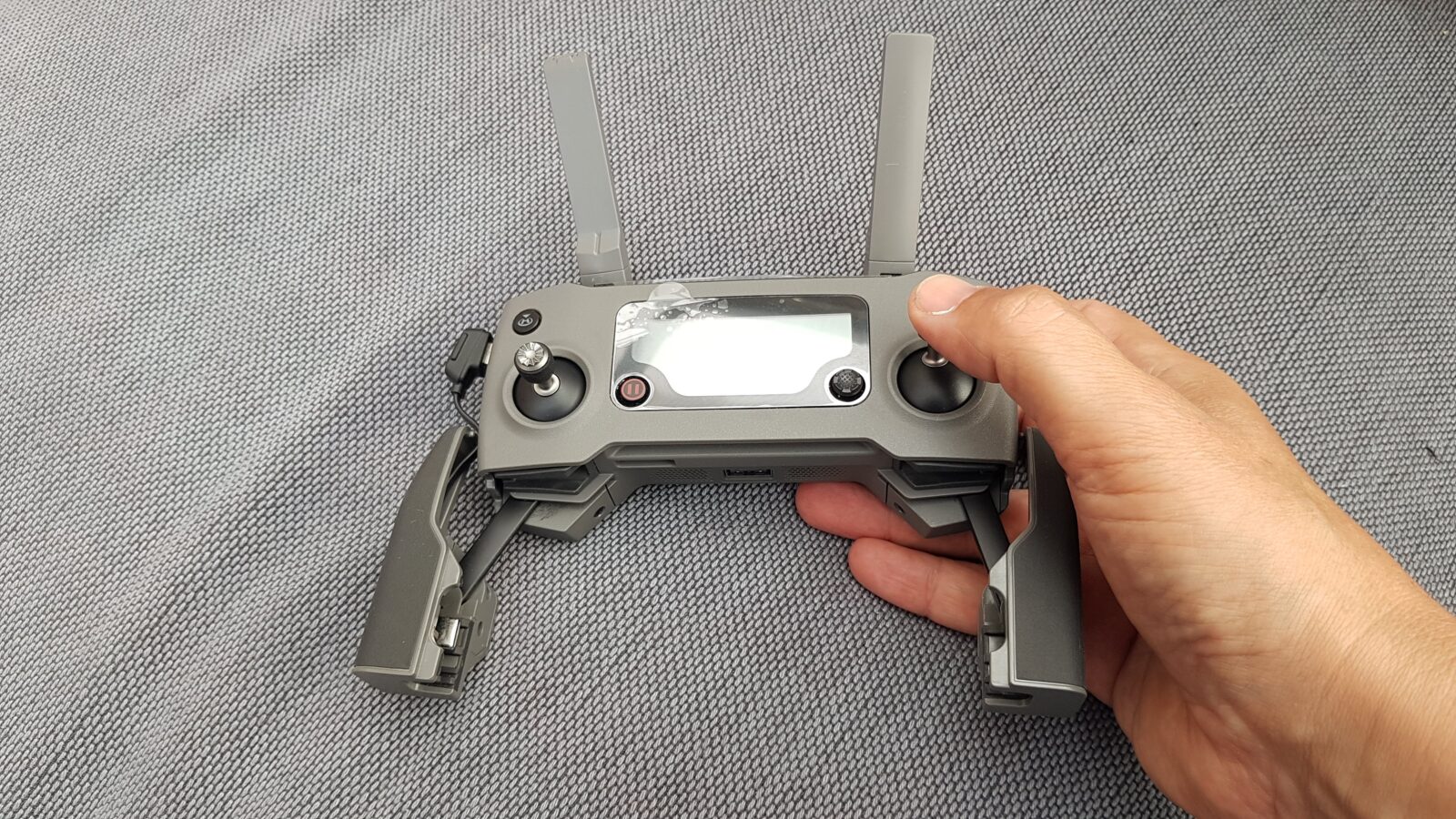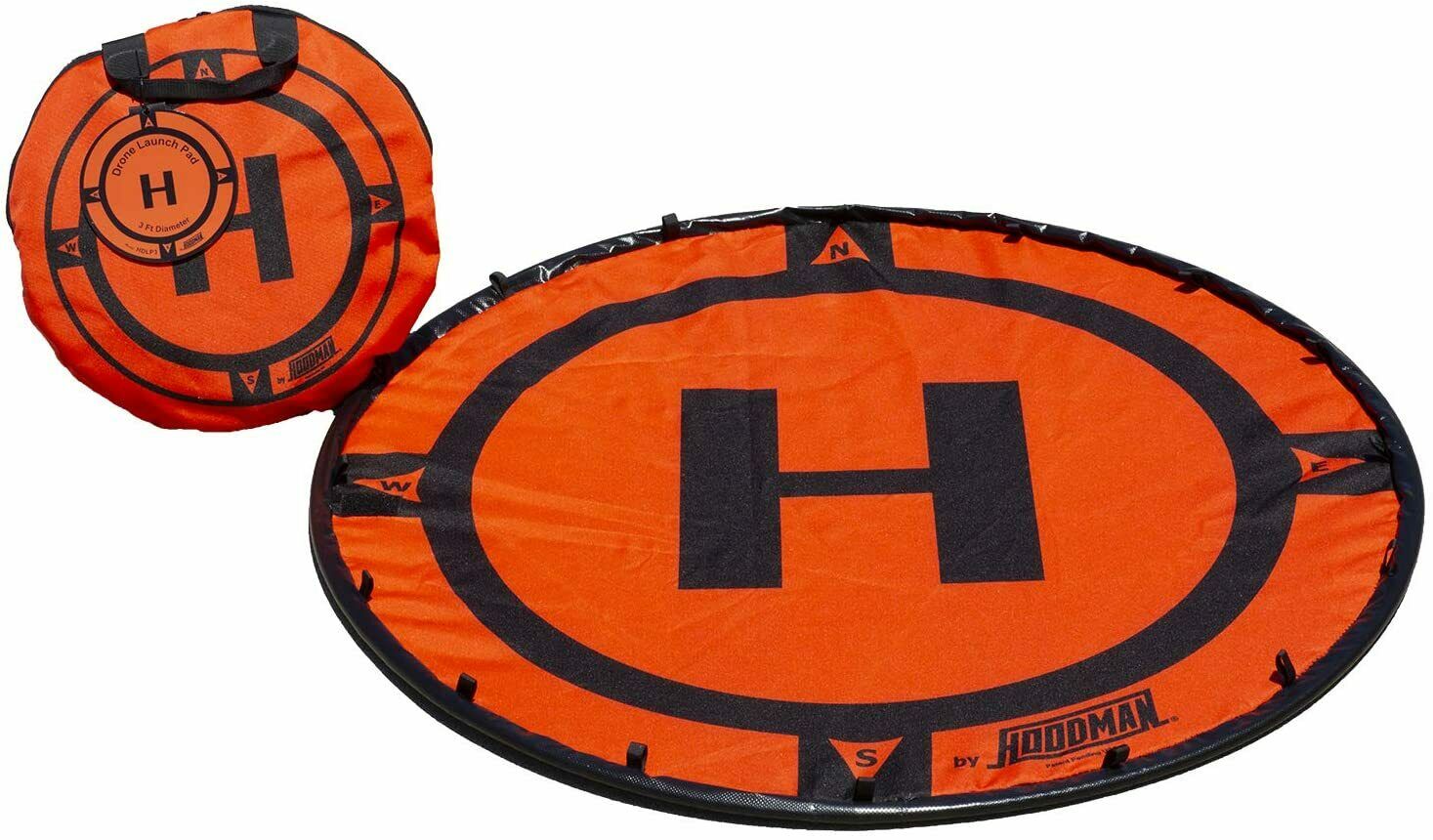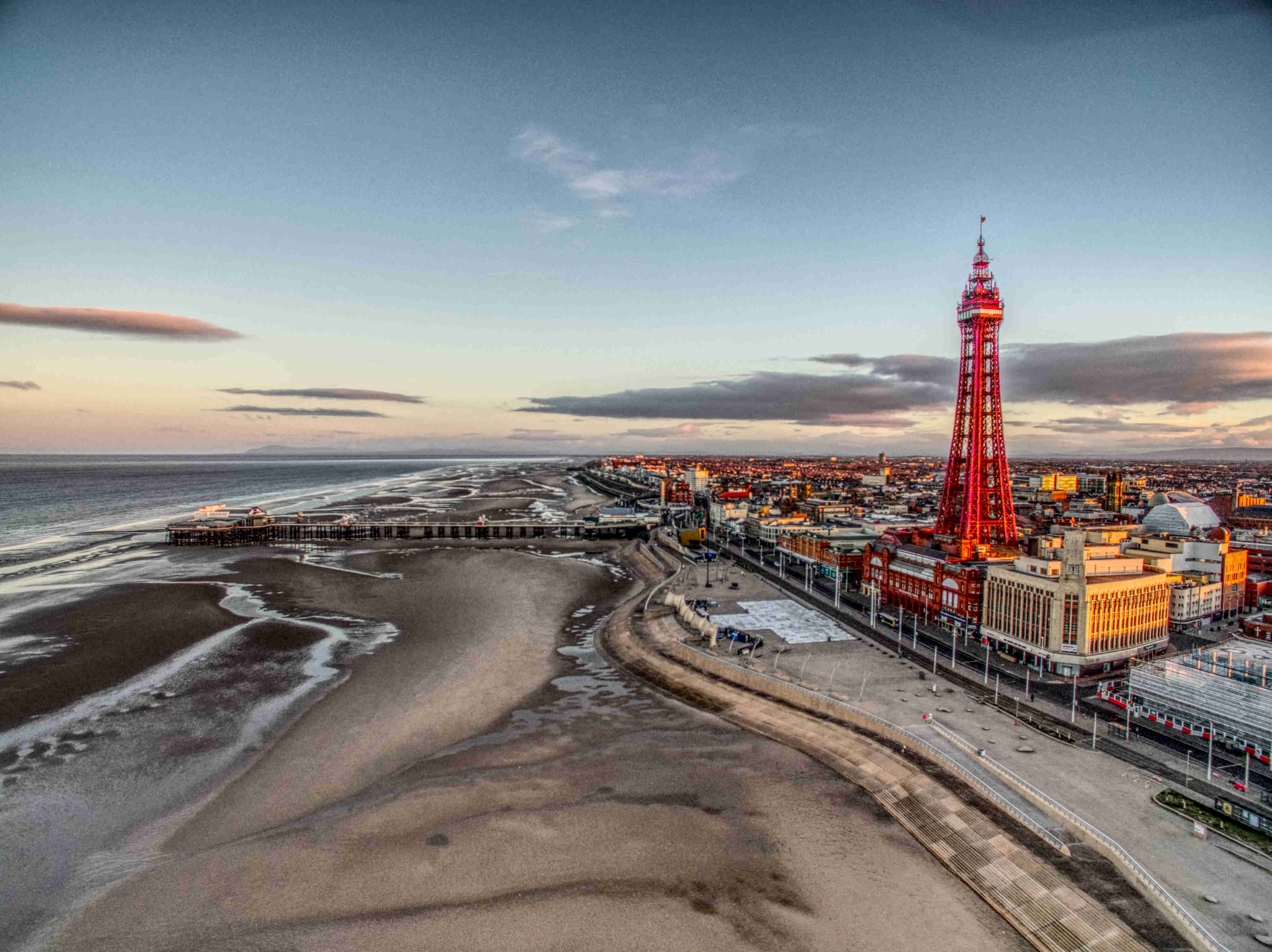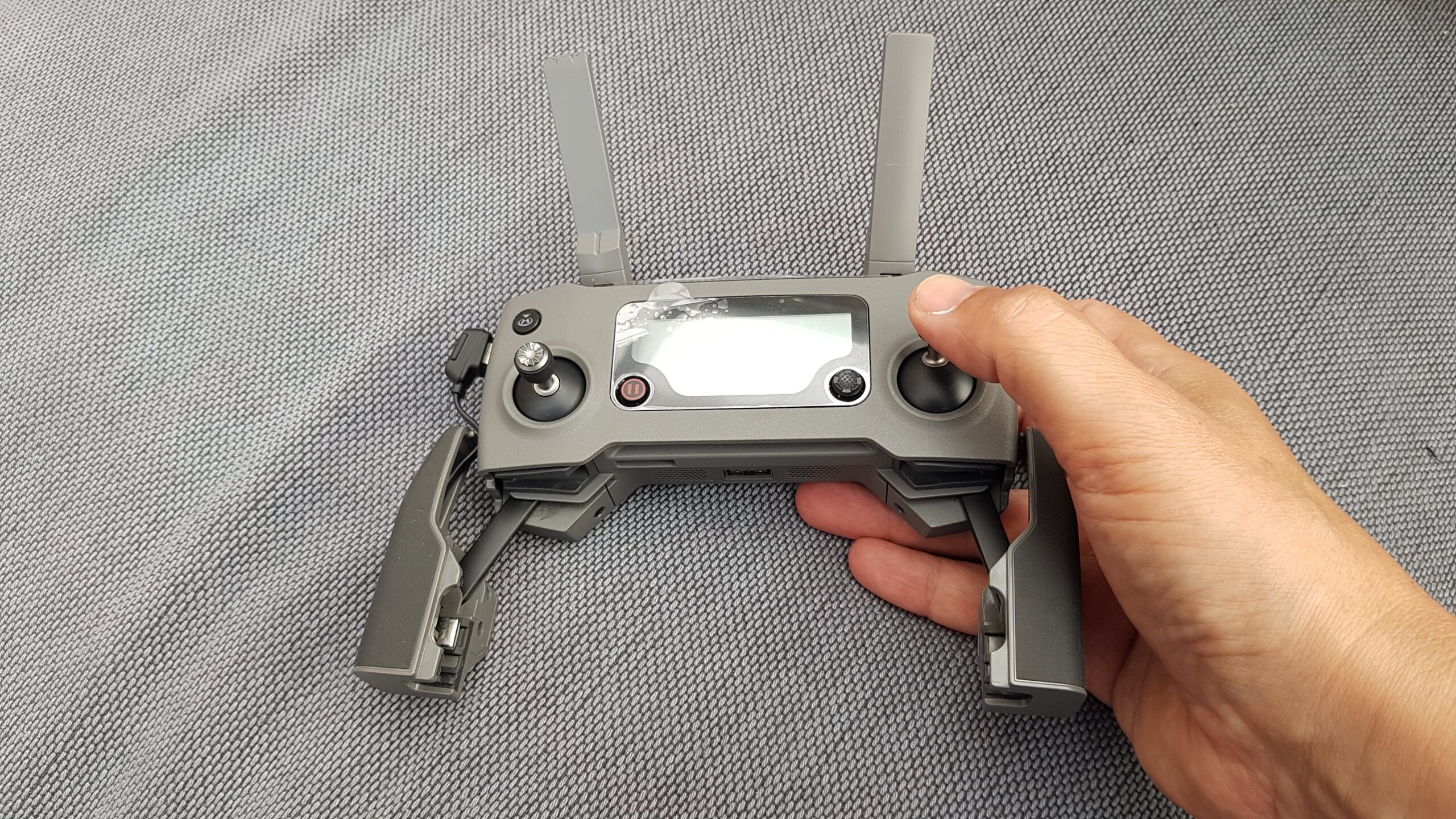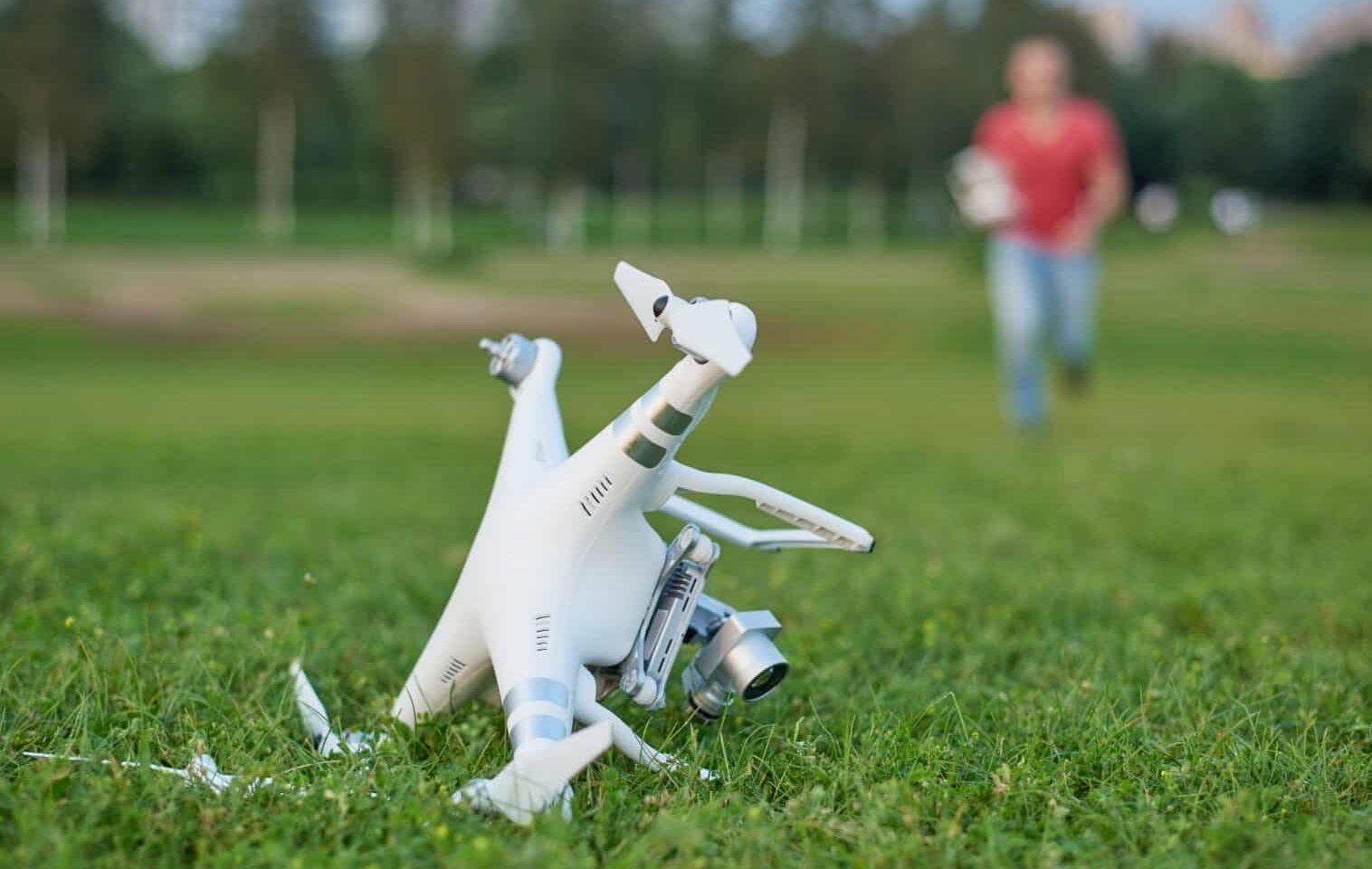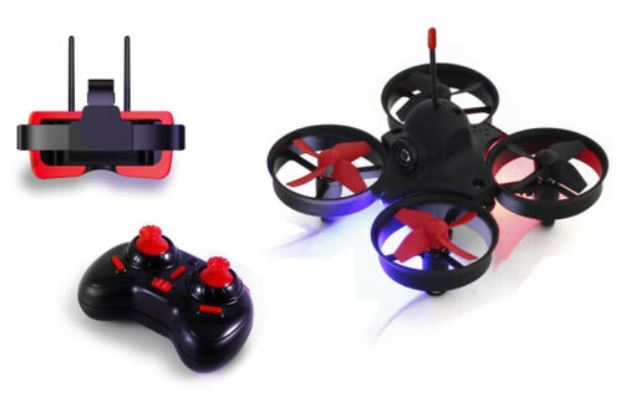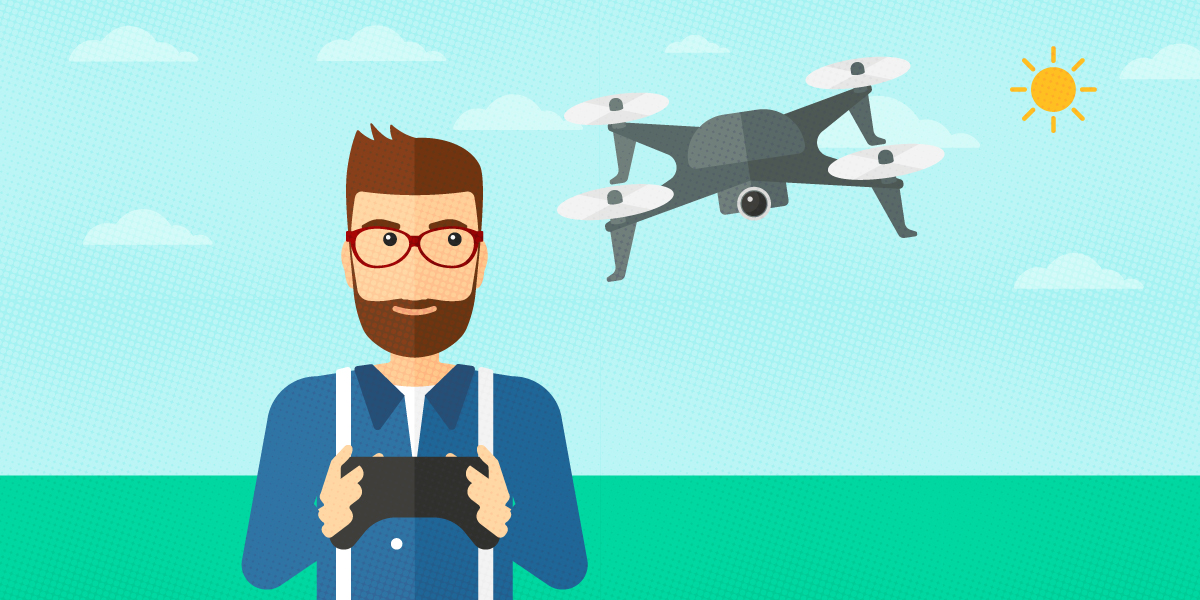
I have a new drone!
You have a new Drone, probably spent a fair amount of money on it and you want to do things properly and don't want to crash!
This page goes through some basic tips when starting off with a new Drone.
If you haven't bought a drone, then maybe take a look at my Which drone page,
Do I need a Drone Licence?
I am assuming that you will be flying for a hobby and not commercially. If you were flying commercially, then a permission to fly commercially (PfCO) would be needed.
For the hobby pilot, there isn't such a thing as a licence but you do have to register as a Drone Operator with the CAA if your drone is more than 250g (And less then 20Kg).
The cost for this is £9 renewable annually.
Anyone flying a drone or unmanned aircraft (including model aircraft) weighing between 250g and 20kg must take and pass an online education package. This is free and renewable every three years.
It sounds a pain but it is quite easy as long as you know the basic rules. This is the link that you need to take the education package and register yourself.
Registration and Education package
Should I buy insurance?
This is your decision... Can you afford to lose your drone and more importantly, can you afford to pay for any damage that your drone may cause?
I have written a little bit more about drone insurance here.
What do the sticks do?
Here is a video of my having a detailed look at the DJI Mavic 2 zoom controller.
The details below are a basic idea of what the sticks do. The throttle, for example, may work differently if you have a drone with GPS or altitude hold then the stick is usually self centring and letting the stick go means that the drone should stay at the same altitude. Other drones have throttles that stay where they are if you let go, these are more tricky to fly and need a careful use of the throttle.
I will describe Mode 2 - This is the default in the UK.
- Mode 1 has the throttle located on the right transmitter stick
- Mode 2 has the throttle stock on the left.
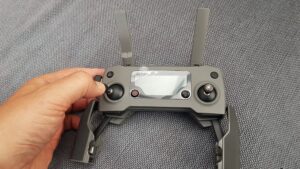
- Up = Throttle up - Drone rises
- Down = Throttle down - Drone sinks
- Left = Spin left
- Right = Spin right
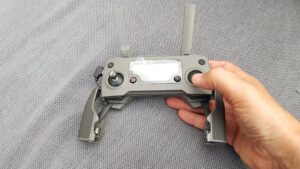
- Up - Drone moves forward
- Down - Drone moves backwards
- Left - Drone moves left
- Right - Drone moves right
I'm registered, insured, know what the sticks do ... what now?
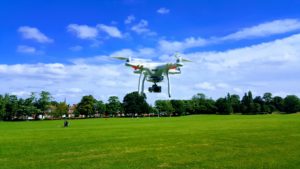
Make sure the weather is good (including the wind - I would suggest a wind less than 10 mph for the first flight),
It is probably sensible to have someone experienced with you on your first flight ... but me, being antisocial, preferred doing it on my own.
Make sure that you find somewhere quiet with lots of room for your first flight.
Your fingers may be shaking on the stick (NERVES), but don't worry.
Take it steady and get used to the drone hovering before slowly moving it around the sky.
Keep the back of the drone towards you to start off with and later practice flying the drone towards you (As the drone flies towards you, left becomes right and right becomes left!
